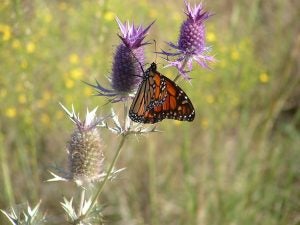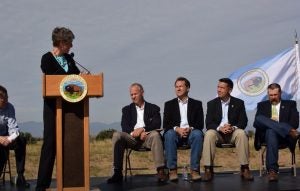
Western governors, landowners, conservationists and others celebrated the collaborative and bipartisan conservation effort that led to a “not warranted” listing decision for sage-grouse in September 2015.
Today, the Interior Department opened up federal sage-grouse plans to potential changes, despite the concerns of many state, industry, landowner and conservation stakeholders across the country.
John Swartout, a senior policy advisor to Colorado Governor John Hickenlooper, said that it would be bad for Colorado if the sage-grouse plan, developed over years with local and state involvement, was eliminated, for fears that this would lead to a future Endangered Species Act listing.
“We didn’t work this hard to throw it all away and get a listing,” he said, echoing concerns of others that upending the plans could ultimately lead to the sage-grouse being listed.
Wyoming Governor Matt Mead reiterated what many western governors have told Secretary Zinke – that the states should be consulted about revisions to the plans because they are ultimately the ones who have to face the consequences if the plans fail and a federal listing is warranted.
“If it was a state by state listing decision, that’d be one thing,” Mead said. “But the way we are with the law right now, if one state gets listed, we all are going to get listed. We sink or swim together.” Read More »










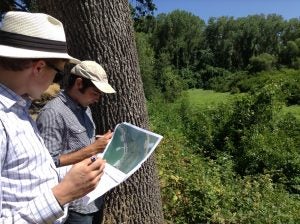
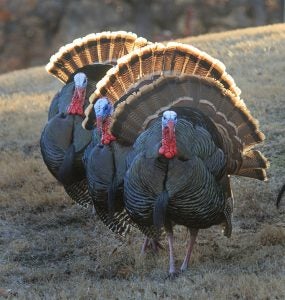
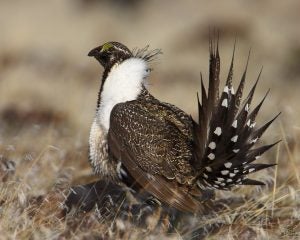
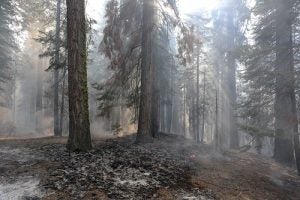 The intense fires that have ravaged my neighboring communities over the last week have been on my mind constantly.
The intense fires that have ravaged my neighboring communities over the last week have been on my mind constantly.